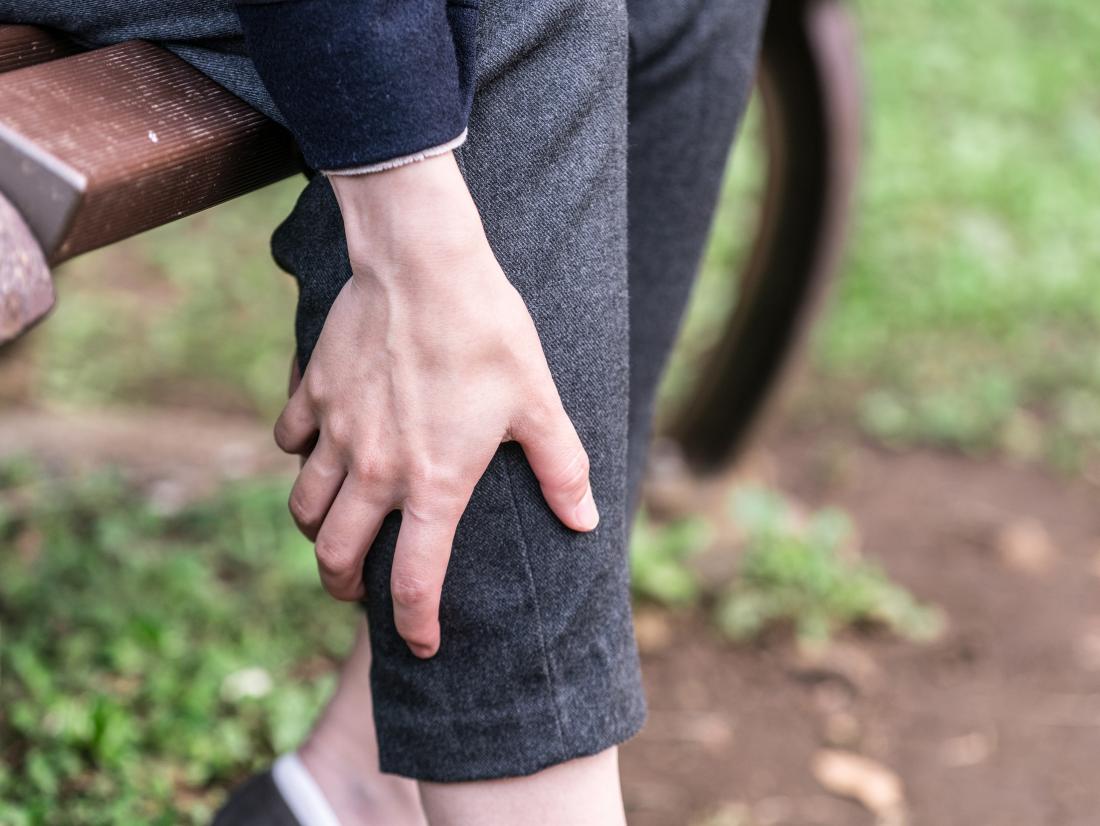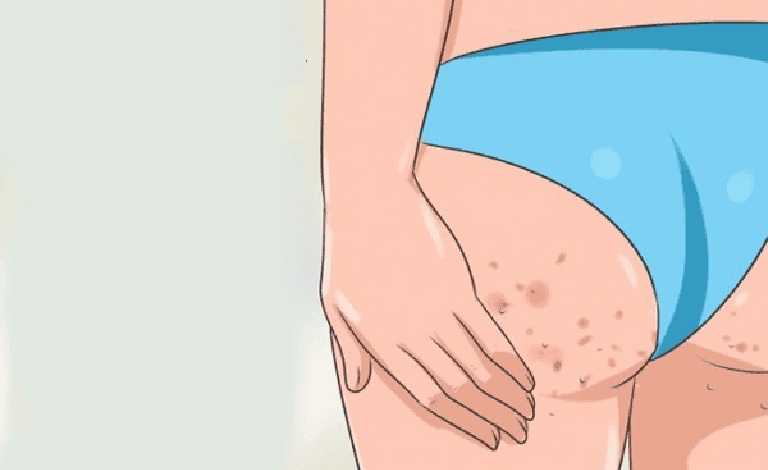KP vs Butt Acne: A Beauticians Guide to Understanding the Difference
As a beautician, understanding the nuances of different skin conditions can significantly enhance your ability to provide effective treatments and advice to your clients. Two common concerns that often bewilder both clients and professionals alike are Keratotis Pilaris (KP) and butt acne. In this article, we'll delve into the intricacies of these two skin conditions, helping you to not only distinguish between them but also to arm you with the knowledge necessary to manage and treat them effectively.

Understanding Keratosis Pilaris (KP)
Keratotis Pilaris, often referred to as chicken skin, is a common skin condition characterized by small, harmless bumps on the skin. These bumps are usually caused by a buildup of keratin, the protein that protects skin from infections and other harmful things. These keratin plugs block hair follicles, leading to rough, bumpy skin.
KP is predominantly found on the arms, thighs, cheeks, and buttocks. It is often hereditary and can be exacerbated by dry skin. While it's generally harmless, many seek treatment for cosmetic reasons. Understanding the difference between KP and acne is crucial for providing the right advice. For more detailed information on KP, you can visit Mayo Clinic.
The Enigma of Butt Acne
Butt acne, on the other hand, is not really acne in the traditional sense. Instead, it often results from folliculitis, which is the inflammation of hair follicles. This can be caused by bacterial infections, friction from tight clothing, or even prolonged sitting. The bumps are usually red, inflamed, and sometimes painful, unlike the typically painless bumps of KP.
While butt acne can be a source of discomfort and embarrassment for many, it's important to reassure clients that it is a common issue and one that can be managed with the right approach. To explore more about KP vs Folliculitis, a common cause of butt acne, visit LivaNaNatural.
Key Differences Between KP and Butt Acne
Recognizing the differences between these two conditions is essential for any beautician aiming to offer precise advice:
1. Appearance and Texture
While KP presents as rough, skin-colored to slightly red bumps, butt acne tends to be red, inflamed, and sometimes pus-filled. KP bumps have a sandpaper-like texture, whereas butt acne lesions feel more tender and sore.
2. Causes and Triggers
KP is often genetic and related to dry skin, while butt acne is largely due to folliculitis, which can be induced by bacteria, yeast, or friction. This fundamental difference means that treatments can vary significantly between the two.
3. Treatment Approaches
For KP, moisturizing the skin and using products with salicylic acid or glycolic acid can help break down the keratin plugs. You can learn more about these treatments at Salicylic vs Glycolic Acid for KP. Butt acne, however, may require antibacterial treatments, exfoliation to unclog pores, and avoiding tight clothing.
Management and Treatment Tips
Here are some professional tips to help manage these conditions:
Keratosis Pilaris
- Exfoliate regularly with gentle scrubs to remove dead skin.
- Moisturize with creams containing urea or lactic acid to help soften the keratin plugs.
- Consider using a retinol alternative for KP to promote cell turnover.
Butt Acne
- Encourage clients to wear loose-fitting clothing to reduce friction.
- Suggest antibacterial washes or creams containing benzoyl peroxide.
- Advise regular bathing and cleaning the area to prevent bacterial growth.
Conclusion
Understanding the differences between KP and butt acne allows beauticians to provide tailored advice and treatment plans, enhancing the care you provide to your clients. By recognizing the unique characteristics and causes of these conditions, you can ensure effective management and improved client satisfaction.

FAQ
What is the main cause of KP?
KP is primarily caused by a buildup of keratin that blocks hair follicles, often due to genetic factors.
Can butt acne be prevented?
Yes, by maintaining good hygiene, wearing loose-fitting clothes, and managing sweat and friction, butt acne can often be prevented.
Are KP and butt acne related?
No, while they may appear similar, they have different causes and require different treatment approaches.

